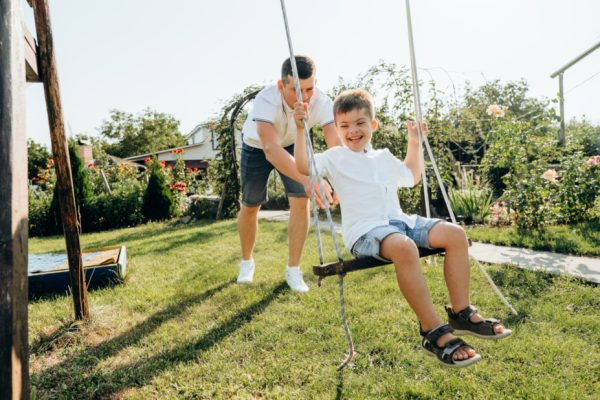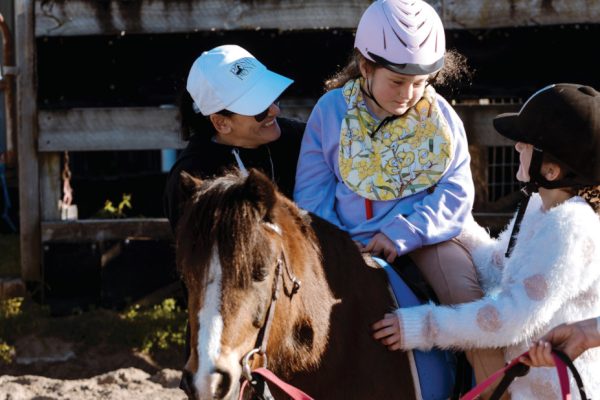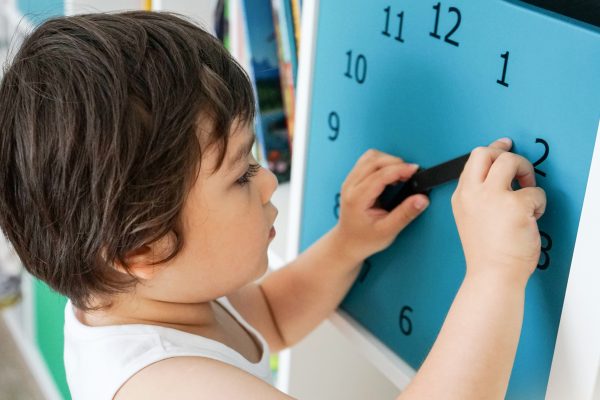
Intensive therapy: what is it and when should it be used?
By Elizabeth Farsi, Director of Rehabilitation, NAPA Centre
Intensive therapy is gaining popularity as a treatment option for children, with increasing amounts of research emerging in favour of this model. Previously considered a radical alternative approach to rehabilitation, particularly in paediatrics, children who participate in intensive therapy have shown gains in strength, balance, independence, functional mobility and Gross Motor Function Measure scores more quickly than those participating in traditional models of treatment delivery.
Most simply defined, intensive therapy is therapy of any modality that occurs at a high frequency over a short duration of time. Whereas in a typical model of treatment a child may receive hourly physical, speech and occupational therapies weekly or fortnightly, children who participate in intensive treatment may receive an hour of each of these disciplines 5 days a week for 3 weeks. Under the intensive model, children are exposed to hundreds if not thousands of repetitions of particular exercises, developmental movements, and/or functional skills over a very short period of time.
With such a broad definition of intensive therapy, many clinics offer different versions of intensive type programming. Quality intensive therapy programs consist of: individualised considerations as to participation and frequency, a multidisciplinary team approach, involvement of the family/caregivers, and continued support through a home exercise program offered upon completion of the program.
Intensive therapy is appropriate, safe, and beneficial for children with a variety of diagnoses such as cerebral palsy, developmental delay, prematurity, stroke, spina bifida, hypo/hypertonia, chromosomal abnormalities, syndromes, acquired brain injuries, developmental coordination disorder, as well as undiagnosed conditions. Children can begin an intensive program younger than one year of age and into young adulthood. There are contra-indications for the different intensive treatments and these should be discussed with a trained practitioner.
Individualised intensive programs are determined based on a child’s age, diagnosis, medical history, parent goals and current level of participation in therapies. With a child’s comprehensive development in mind, NAPA Centre for example provides a multidisciplinary approach to the achievement of a family’s goals, combining physio, occupational and speech therapies. Techniques and tools used in a multidisciplinary approach may include the NeuroSuit®, Spider Cage (body weight support system), Cuevas/MEDEK exercises, Beckman Oral Motor, sensory integration, VitalStim, PROMPT, and developmental feeding techniques.
The NeuroSuit®, which is generally known as a dynamic motion orthosis, is a tool comprised of a top/vest, bottom/shorts, knee pads and shoes, which are connected by a series of bungees. The NeuroSuit® has three main effects on the individual wearing it: it provides a downward force on the body to increase the upright response, it facilitates correction of minor body alignment deficits, and lastly it provides increased feedback to the joints and muscles to promote body awareness. While wearing the NeuroSuit® children participate in specific exercises and activities aimed at helping them achieve developmental progress; examples of activities include head control exercises, crawling, walking, and/or jumping.
CME (Cuevas MEDEK Exercise) or the Dynamic Method of Kinetic Stimulation (MEDEK) employs the use of specific exercises to promote automatic postural responses against gravity. A key component of this technique is to utilise a diminishing level of assistance during exercises as the child progresses; this means that the professional working on standing with a child may first start by assisting at the child’s trunk, then at their pelvis, then at their thighs, and then their ankles. Exercises start on a table and progress to the floor. There are seven pieces of equipment that can be configured in various ways to challenge the child. Children need to be at least 4 months of age and are typically under 30 kilograms in weight.
Many programs utilise the Spider Cage body weight support system within a treatment program. Given its name from the bungees that support and attach the child to a 3-sided steel frame, the Spider Cage decreases the amount of body weight a child must move against gravity, making activities such as walking and standing much easier. The postural freedom afforded by the Spider Cage often allows a child to experience a level of freedom of movement that they have never before. Treadmill training is frequently an integral activity of a child’s time in the Spider Cage.
The NAPA Centre recommends completing intensive blocks interspersed throughout the year in addition to ongoing physio, occupational and speech therapy, in order to achieve a child’s fullest potential. An effective intensive program uses a multi-disciplinary team approach with the child and family at the centre. If done well, an intensive therapy program can produce quicker results than solely utilising ongoing weekly or fortnightly therapy.
Elizabeth Farsi is a qualified Doctor of Physiotherapy and is currently the Director of Rehabilitation at NAPA Centre, which offers both traditional weekly sessions and intensive blocks at its multidisciplinary clinic located in Lane Cove, Sydney. NAPA Centre was established 10 years ago in Los Angeles and now has three clinics worldwide including the LA, Sydney and Boston clinic.
For more information visit www.napacentre.com.au.






